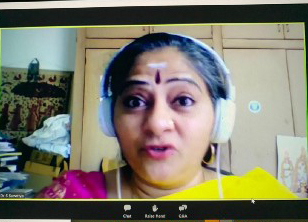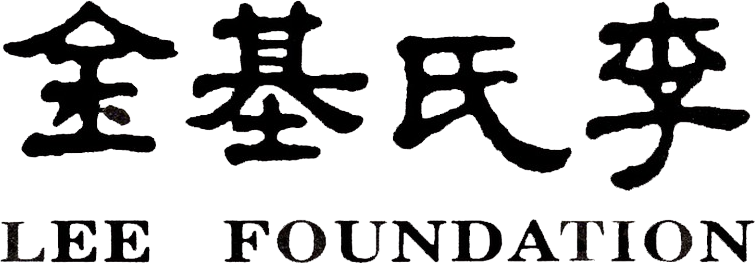In the first-ever lecture demonstration exclusively focussed on music, Veena Dhanammal’s School (of Padams), the prolific and brilliant musician, Sangeetha Kalanidhi Vidushi Dr S Sowya took the participants of the Dance India Asia Pacific on an hour-long tour of the many qualities that not merely distinguish the Veena Dhanammal bani but also the many aspects that make it sparkle and shine. Befittingly, this session was hosted by young talented and eclectic musician, Sushma Somasekharan. As a musician who had the good fortune of learning from T Muktha (Mukthama) herself, Dr Sowmya focussed her lecture in letting participants appreciate the very “ethereal, addictive almost” quality of this bani which is regarded as a yardstick in terms of its adherence to traditional values and profundity of musical expression.

Touching upon three essential aspects — the beauty of subtleties, the importance of brevity and the adherence to tradition — Dr Sowmya extrapolated each of her points with examples from her own repertoire and recalled anecdotes from her own experience of learning from Mukthamma.
Speaking about subtleties, Dr Sowmya talked about the importance of listening keenly to appreciate the many layers and nuances this bani is made of. “You have to learn to be sensitive to the music while listening to it; you have to,” she said, referring to the bani, “be an observer and practice listening in between the notes.”
Equally attractive is the quality of brevity in the music. “Even the alapana of a ragam like a Thodi or Shankarabharanam, for instance,” she said, “in this school is taut and power-packed. It is the concise nature of the presentation that makes this music so exciting and energetic at the same time.”
The brevity is not merely restricted to the very structure and constriction of the raga aalapana or the rendering of a krithi but also in the very spacing of the phrases and in a manner that in singing a phrase, the bani seeks to capture in a moment, the essential quality of the ragam itself.
Dr Sowmya also used the metaphor of contrasts and spoke about how just the way we need darkness to appreciate light, the school beautifully emphasised the simplicity of plain notes in a way that people appreciated the ghamakas.

In terms of adherence to tradition, Dr Sowmya used the Tamil word, Paadam (the compositions) to highlight the core of this bani that has in a sense, retained and remained true to its legacy and has carefully passed on this music from one generation to another in the hope that even though change is inevitable, it continues to be subtle and seamless.
Speaking of the Padams, that are integral to the repertoire of Bharatanatyam, the Veena Dhanammal school has become also synonymous with Padams. But the beauty of these padams, she said, are more than the mere fact that they are so “raga-laden, and full of curves and movements, subtleties and nuances but that it manages to appeal not just to those who appreciate the music but also to the common man who continue to find in it, Aha moments, aplenty!
After all, it’s the Aha moments that we continue to seek, right? In the arts, and in life!
Up next
Thumris in Bharatanatyam by Rama Vaidyanathan









